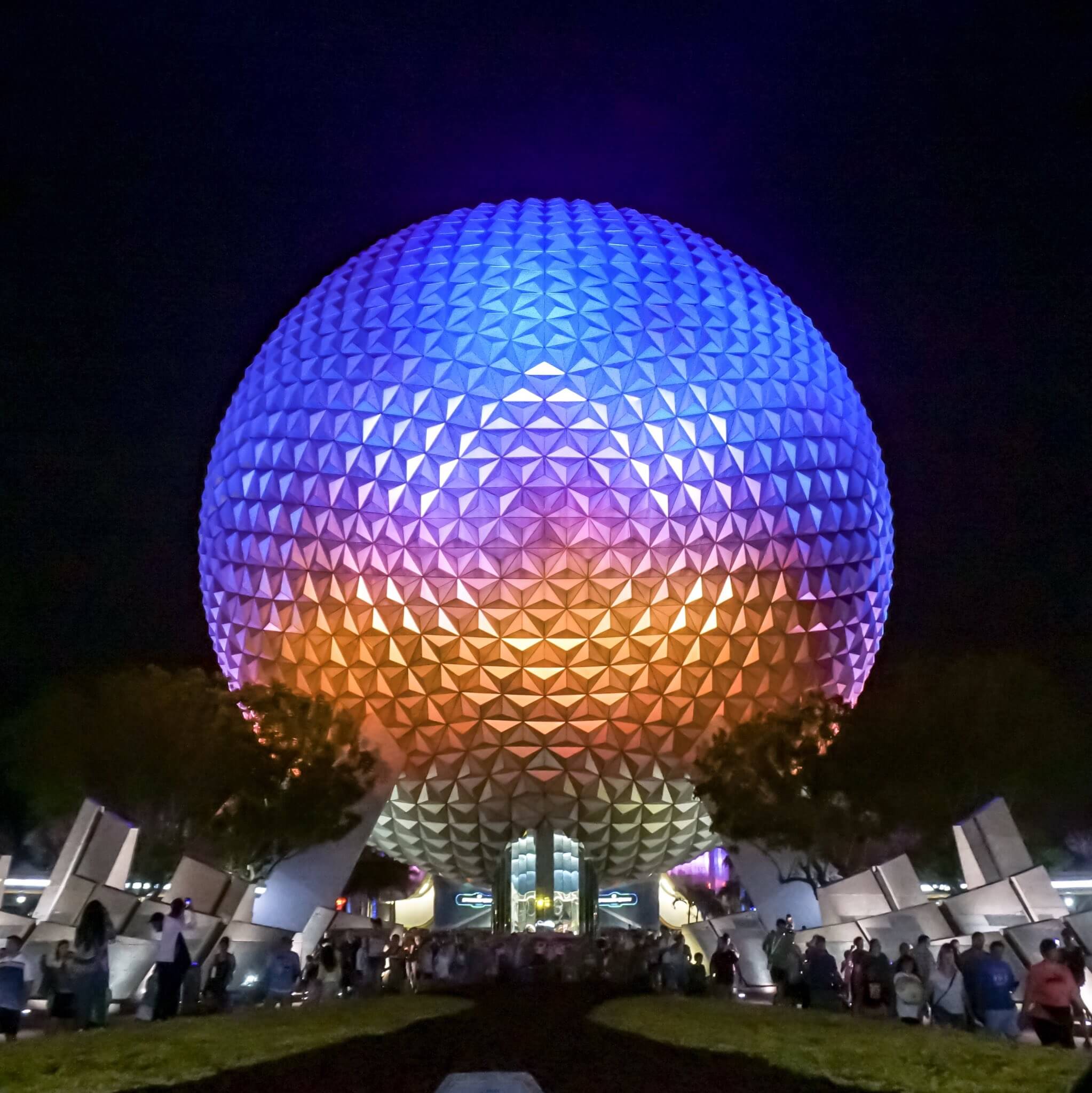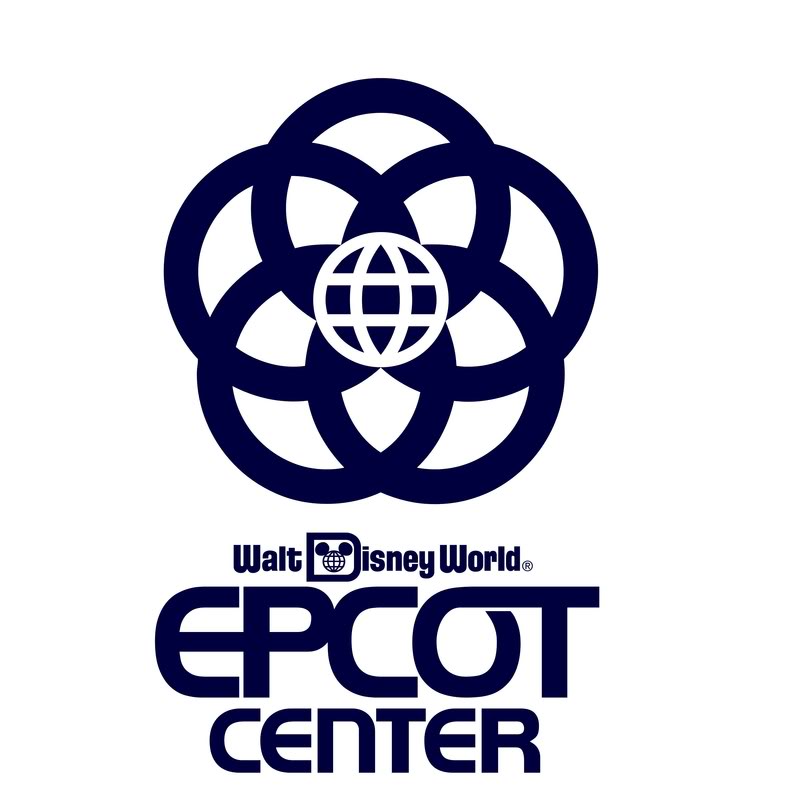The ride begins with the time-machine vehicles ascending into a dark tunnel with twinkling stars all around. An adventurous orchestral theme starts to play. As the score shifts to the theme ostinato, a leitmotif that comes to represent digital interference, guests have their picture taken which, unknown to the riders, will be used later in the ride and in the post-show.
As the vehicle arrives at the first story of the structure, it begins a slow curve. A large film screen is stretched along the inside of the sphere, depicting early humans fighting for survival without a form of communication and language. As the screen dims behind them, guests enter a cavern populated by audio-animatronic early humans, who represent the development of early language through cave paintings. The drawings on the walls come to life and begin to dance as the car continues onward.
The score modulates, presenting the theme in a Phrygian mode, implying a middle eastern atmosphere. Guests are brought through a heated diorama of the Egyptians, who invented a system of portable communication using hieroglyphs recorded on papyrus, as opposed to cave paintings that were unable to be transported as humans migrated.
Phoenician merchants are seen carrying goods to faraway lands. The narration explains how each civilization is trying to communicate, but cannot understand each other due to the language barrier. But the Phoenicians, who trade with all of them create a simple common alphabet so that trade and communication become easier. Turning a corner, riders see a lesson in mathematics being taught in a piazza in an ancient Greek city, in a sequence that attempts to show how math helped invent the ‘birth of a high-tech life we enjoy today.’ Shifting to ancient Rome, a night scene including a traveler in a chariot delivering news depicts how language is portrayed as a tool for cultural unification with the vast network of roads that stretched across Europe, ultimately all leading to Rome.
Suddenly, the scene takes a dark turn as crashes are heard and the smell of burnt wood fills the air. The fall of Rome by invading mercenary armies also brought the destruction of the bulk of the world’s recorded knowledge, including the loss of scrolls at the Library of Alexandria. But the narration gives hope as the vehicle reaches the next level, where Jewish and Islamic scholars of the Middle Ages are seen preserving recorded information, and continuing to progress in science.
Winding through exotic fabrics and drapery, guests arrive at a monastery where biblical manuscripts are being painstakingly copied. The composition shifts to a rousing Hallelujah chorus, sung to the melody of the piece’s exposition. Gutenberg is seen working the first movable-type printing press, allowing information to travel freely across the globe. The European Renaissance is portrayed, with animatronics of ensembles playing rich, polyphonic secular motets, sculpting a woman, and the painting of a portrait of fruit. The scene ends as the car passes under a scaffold, where Michelangelo is seen painting the ceiling of the Sistine Chapel.
The time machines transition to a post-Civil War North. Guests witness syndicated news reports illuminating the planet of current events with amazing efficiency. Loud, industrial-sized printing presses show the incredible influence of the machine as an advancement in mass communication. As guests pass the clanging sounds of the press, the score’s theme is presented again, this time with an uptempo ragtime piano. Seen next is a romanticized version of the 20th-century communicationsrevolution—after passing telegraphs, radio, telephones, and movies, riders see the 1969 television broadcast of Apollo 11 landing on the moon, featuring Walter Cronkite. Language had progressed to such an extent that it no longer was spoken solely by humans, but by machines as well.
Guests turn a corner and find themselves in a large mainframe computer as they ascend up the final hill. At the top, a slow descent starts, progressing through a garage in California, where a man[12] is seen building one of the first home computers. The score becomes suddenly percussive and dramatic as guests fly through a tunnel with computer code projected onto the walls. At a crescendo, the car makes its final turn into the cupola of Spaceship Earth. The top of the structure is, in fact, a planetarium studded with stars and a large projection of a rotating Earth. Before the omnimover vehicles start to move down the long descent to the unloading area, they rotate 180 degrees clockwise and guests ride the end of the attraction backward.
The remainder of the ride moves past a seemingly infinite number of stars and into a realm of glowing triangles. The guests can then use the touch-screens in their Omnimover vehicle to fill out a questionnaire to create a possible depiction of their future, which uses the pictures taken at the beginning of the ride.
Posts about Spaceship Earth

Siemens is Not Renewing Disney Sponsorship
Siemens will end their 12 year deal with The Walt Disney Company

